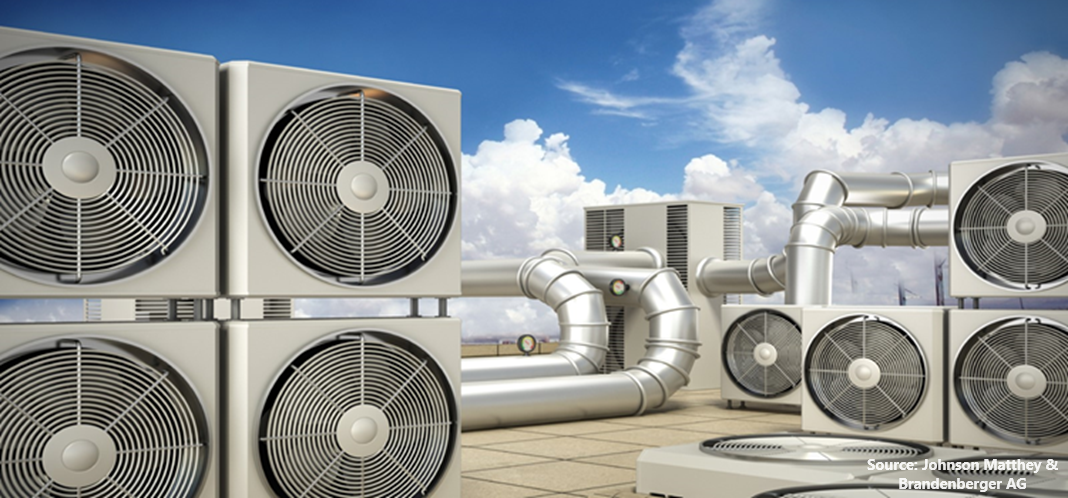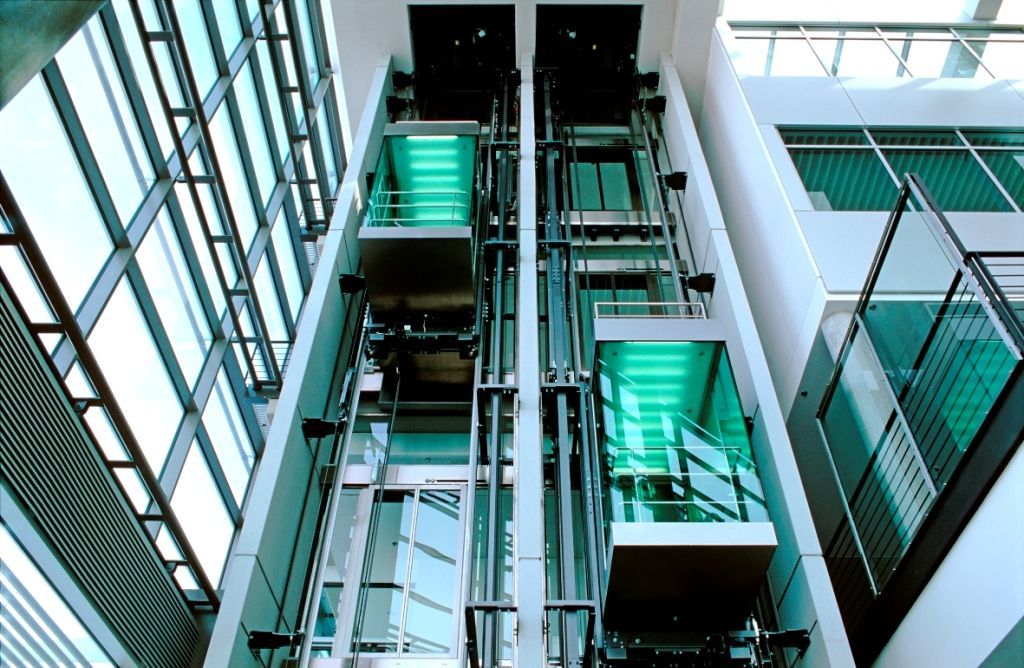
Mexico HVAC Systems Market by Equipment (Cooling Equipment, Heating Equipment, and Ventilation), by Implementation Type (New Construction and Retrofit), and by End User (Residential, Commercial, and Industrial) - Opportunity Analysis and Industry Forecast, 2024– 2030
Industry: Construction & Manufacturing | Publish Date: 18-Apr-2024 | No of Pages: 119 | No. of Tables: 87 | No. of Figures: 52 | Format: PDF | Report Code : N/A
Market Definition
The Mexico HAVC System Market size was valued at USD 6.56 billion in 2023, and is predicted to reach USD 10.41 billion by 2030, at a CAGR of 6.2% from 2024 to 2030.
HVAC (Heating, Ventilation, and Air Conditioning) refers to the technology and systems used in buildings to regulate indoor environmental conditions such as temperature, humidity, and air quality to ensure comfort and safety for occupants. Heating systems provide warmth during colder months, ventilation systems circulate and replenish indoor air, and air conditioning systems cool and dehumidify indoor air during warmer months.
HVAC systems offer several advantages, including improved occupant comfort and health, increased energy efficiency leading to cost savings, better indoor air quality through filtration and ventilation, precise temperature control for enhanced productivity in commercial settings, and protection of building infrastructure from extreme weather conditions. Additionally, these systems can be designed to meet specific requirements, contributing to sustainability goals by reducing carbon emissions and promoting eco-friendly practices in building operations.
Increasing Energy-Saving Regulations Drives the HVAC System Market
Residential energy-saving regulations are instrumental in propelling the HVAC system market forward. These regulations drive market growth by requiring the implementation of increasingly energy-efficient systems, prompting manufacturers to produce compliant HVAC units.
As a result, consumers are motivated to acquire energy-saving HVAC systems to meet regulatory mandates and reduce energy costs. Moreover, these regulations raise homeowners' awareness of the benefits associated with energy-efficient HVAC systems, leading to heightened demand for such products. This heightened demand incentivizes manufacturers to innovate and diversify their product portfolios to cater to the expanding market needs, thereby driving the demand for energy-efficient HVAC systems.
Rising Urbanization and Construction Trends Propels the Market Expansion
The HVAC industry's growth trajectory is significantly shaped by urbanization and construction trends. As urban populations surge, there emerges an increased demand for HVAC installations across diverse structures including residential, commercial, and industrial facilities such as apartments, office complexes, shopping centers, and factories.
Simultaneously, there is a notable shift in construction methodologies towards sustainability and energy efficiency, driven by green building initiatives mandated by governments and spurred by environmental concerns. These initiatives impose rigorous HVAC standards in new constructions, thus fostering a market for environmentally-friendly solutions.
Additionally, the trend towards renovating and retrofitting existing buildings amplifies the need for HVAC upgrades, aligning with contemporary energy-saving technologies. The integration of HVAC systems with building automation and smart technology further elevates building performance and energy efficiency, underscoring the pivotal role played by urbanization and construction trends in propelling the growth of the HVAC industry.
Regulatory Compliance Associated with HVAC Systems Impede the Market Expansion
Regulatory compliance represents a formidable barrier to the expansion of the HVAC sector. Comprising a plethora of mandates from governmental bodies and industry entities, compliance entails adherence to a myriad of laws, regulations, and standards.
These encompass diverse facets such as energy efficiency, emissions, refrigerants, and construction codes. Achieving compliance necessitates substantial investments in research, development, and technological advancements to ensure alignment with prescribed norms. However, for smaller enterprises or those constrained by limited resources, navigating this intricate regulatory terrain proves daunting, potentially obstructing market entry or growth.
Furthermore, compliance endeavors often divert attention and resources away from innovation and product enhancement, as companies prioritize meeting regulatory requisites over investing in novel technologies or refining existing ones. Consequently, regulatory adherence acts as a deterrent to HVAC market expansion, imposing additional costs and intricacies on industry stakeholders and impeding their ability to fully exploit market prospects.
IoT Integration Creates Ample Opportunities for the HVAC System Market
The incorporation of Internet of Things (IoT) technology heralds a substantial market opportunity for the HVAC industry. The integration of IoT technology facilitates remote control functionalities, heightened energy efficiency, and predictive maintenance solutions.
Through the integration of IoT devices and sensors into HVAC systems, users gain the ability to remotely monitor and adjust settings, optimize energy usage, and proactively address maintenance concerns before they escalate.
This fosters an enhanced user experience and comfort, while simultaneously reducing energy expenditures and prolonging the operational lifespan of HVAC equipment. With escalating demand for buildings that are smarter and more efficient than current infrastructure, the adoption of IoT integration is anticipated to unlock numerous opportunities within the HVAC system market.
Competitive Landscape
The market players operating in the Mexico HVAC System market include Midea Group Co Ltd, Daikin Industries Ltd., Gree Electric Appliances Inc., Johnson Controls International Plc., Carrier Global Corporation, Samsung Electronics Co., Ltd., Trane Technologies Plc., LG Electronics Inc., Panasonic Holdings Corporation, Lennox International Inc. and others.
The Mexico HVAC System Market Key Segments
By Equipment
-
Cooling Equipment
-
Unitary Air Conditioners
-
Variable Refrigerant Flow Systems (VRF)
-
Chillers
-
Room Air Conditioners
-
Coolers
-
Cooling Towers
-
-
Heating Equipment
-
Heat Pumps
-
Furnaces
-
Unitary Heaters
-
Boilers
-
-
Ventilation
-
Air-handling Units (AHUs)
-
Air Filtration Systems
-
Ventilation Fans
-
HRVs & ERVs
-
Air Purification Systems
-
Others
-
By Implementation Type
-
New Construction
-
Retrofit
By End User
-
Residential
-
Commercial
-
Industrial
REPORT SCOPE AND SEGMENTATION:
|
Parameters |
Details |
|
Market Size in 2023 |
USD 6.56 Billion |
|
Revenue Forecast in 2030 |
USD 10.41 Billion |
|
Growth Rate |
CAGR of 6.2% from 2024 to 2030 |
|
Analysis Period |
2023–2030 |
|
Base Year Considered |
2023 |
|
Forecast Period |
2024–2030 |
|
Market Size Estimation |
Billion (USD) |
|
Growth Factors |
|
|
Companies Profiled |
10 |
|
Market Share |
Available for 10 companies |
|
Customization Scope |
Free customization (equivalent up to 80 working hours of analysts) after purchase. Addition or alteration to country, regional, and segment scope. |
|
Pricing and Purchase Options |
Avail customized purchase options to meet your exact research needs. |
KEY PLAYERS
-
Midea Group Co Ltd.
-
Daikin Industries Ltd.
-
Gree Electric Appliances Inc.
-
Johnson Controls International Plc.
-
Carrier Global Corporation
-
Samsung Electronics Co., Ltd.
-
Trane Technologies Plc.
-
LG Electronics Inc.
-
Panasonic Holdings Corporation
-
Lennox International Inc.




 Speak to Our Analyst
Speak to Our Analyst


































